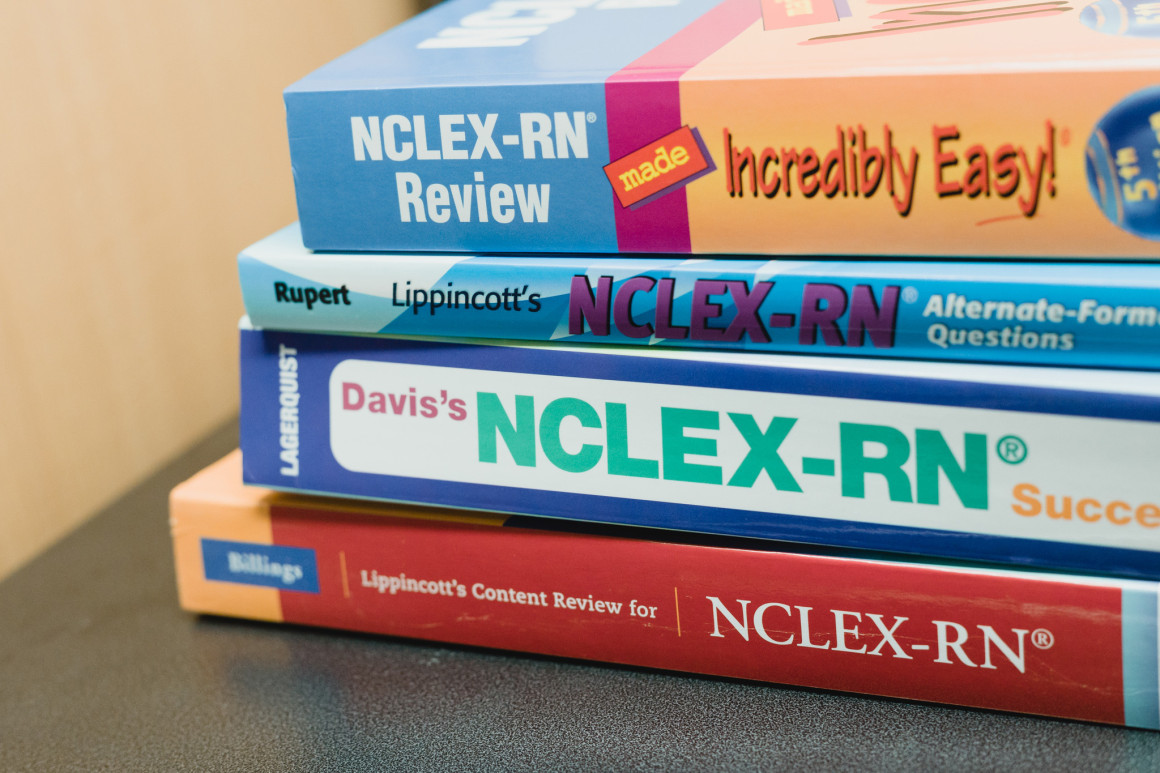
Lower pass rate for new nursing exam stirs up controversy
By Fabian Mayer, September 11 2015 —
Fewer University of Calgary nursing graduates are passing the test required to become a registered nurse. Pass rates in Alberta dropped from 89 per cent last year to 68.7 per cent in the first half of 2015 after regulators switched to a different exam.
The new computer-administered exam, known as the NCLEX, was developed by the American National Council of State Boards of Nursing in the early 1990s. It replaced the pencil and paper Canadian Registered Nurse Examination in January of 2015.
U of C dean of nursing Diane Tapp is concerned about both the lower pass rates and change in exams. She questions whether Canadian nurses should be writing what she called an American examination.
“The extent to which it’s appropriate for us to base licensure in Canada on the American exam, given differences in nursing education and nursing practice, are put into question,” Tapp said.
The College & Association of Registered Nurses of Alberta (CARNA) is the provincial regulatory body that sets the requirements to become a registered nurse in Alberta. CARNA CEO Mary-Anne Robinson rejects the idea that Canadian nursing graduates are now writing an American licensure exam.
“It’s not an American exam, it’s a North American exam,” Robinson said. Canadian nurses have worked alongside U.S. registered nurses to review all the items, develop new items and structure the test plans.”
Robinson isn’t concerned by the lower pass rates. She believes rates will improve as candidates get accustomed to the new test.
“The implementation of the new exam has gone very smoothly,” Robinson said. “We’re very confident that it actually reflects the Canadian environment.”
Robinson said the test now has a greater emphasis on safety. It was developed after looking at the tasks nurses are expected to perform in their first six months of practice.
However, Tapp argues the new exam isn’t doing a good job of assessing whether a nurse can practice safely.
“We think our graduates are just as safe and just as confident in their practice as they were last year,” Tapp said. “The only difference is the examination.”
Tapp hopes regulators consult with nursing educators on future changes in testing.
“The provincial [regulators] have been driving this process and really not behaving in a particularly
collaborative manner,” Tapp said.
Robinson doesn’t believe educational institutions need to be involved when determining licensure requirements.
“It is our decision to make as regulators,” Robinson said. “We are legislatively given the duty to act in the public interest to ensure safe practice. That’s our job.”
Students’ Union nursing representative Alicia Lunz isn’t too concerned about the lower pass rate.
“What test doesn’t really have its kinks? I think it was kind of to be expected — maybe not that dramatic of a drop, but the first couple rounds are going to be tough,” Lunz said.
Lunz believes the new exam will add pressure to nursing students and graduates studying for the exam.
“The stress will go up, especially for the people graduating this December who will be writing the NCLEX in January,” Lunz said.
According to Robinson, regulators wanted to move to a computerized test in order to improve access, convenience and to make the test more secure. The previous pencil and paper exam could only be taken three times a year. The NCLEX is administered year round.
